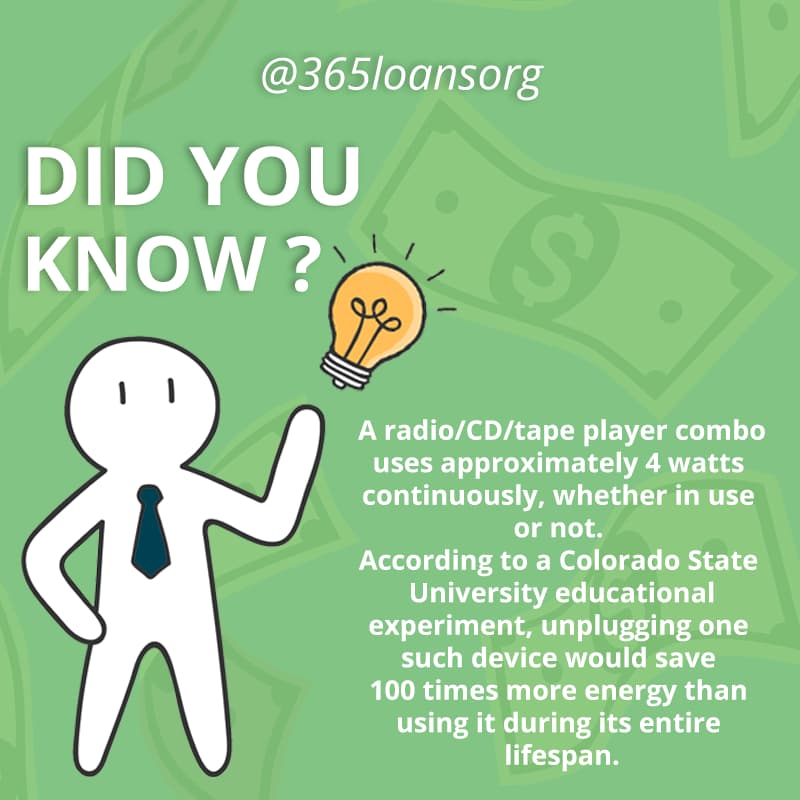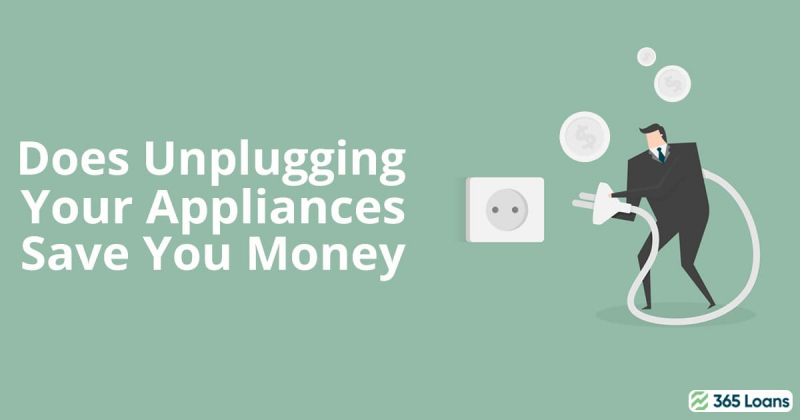Even if you are not utilizing anything, it still consumes energy. So unplugging your appliances actually DOES save you money, it turns out.
- But how much money is truly saved by unplugging appliances?
- Is it even possible to save much energy by disconnecting appliances?
- And is having to repeatedly connect and unplug electronics worth the hassle?
Below we will look at how much money you can save by not always leaving everything plugged in and some ways to facilitate turning off plugged-in appliances.
How does saving money by unplugging your appliances work?
Unplugging appliances seems counterproductive. They are off, after all, so why would they be wasting energy?
According to Energy.gov, your appliances still consume energy even when they are unplugged but remain plugged in. Several appliances in your home, like your printer, laptop charger, and coffee maker, may do some tasks while they’re still plugged in. That implies that they keep using electricity, unnecessarily raising your monthly electric bill. The energy consumed by these devices when they are not in use is sometimes referred to as standby power, although it is also known as phantom load, shadow load, idle current, and even vampire power.
Some of the worst offenders, whether the gadget is off or in sleep mode, are:
- The computer that you never shut down. Even in sleep mode, modern computers continue to suck energy though a smaller charge.
- You are a proud owner of a whole collection of smart home appliances you can control over the network. Well, good news for you – the internet activity is sucking energy as much as the always-on displays on your refrigerator or washer.
- That charger for your phone that you never unplug still consumes power even when there is no attached device.
- Phones with visible screens, such as cordless phones.
How much can you save from controlling standby power?
The average household may save up to $165 annually merely by unplugging appliances. The number could rise significantly based on the number of gadgets you use and your usage patterns. According to the US Department of Energy, idle power uses between 5% and 10% of household energy.

Even though a hundred bucks do not sound like a big savings deal, think bigger and imagine what it would do if you drive the change in your household and that of your closest relatives. Much like compound interest, you would have accumulated a small fortune over the years at the expense of doing something helpful for the community and the environment. And there are specific things you can do; keep reading.
What can you do to handle idle power savings?
Unplugging anything that is not actively in use or is not frequently used is, of course, the first thing to do.

In general, it’s simple to disconnect media players like a CD player or radio while they’re not in use. In addition, it can be beneficial to develop the practice of unplugging the charger you just removed from your smartphone. You might also be shocked by the number of plugged-in devices that we no longer use at all. Old wireless phones, outdated media players, or purely decorative lighting are a few examples.
However, disconnecting everything and plugging everything back in again can become very time-consuming, mainly if your outlets are located in awkward locations. Also, it will not be easy to keep up if the outlet is not readily available. So you may also put up mechanisms to increase the automation of the phantom load reduction operation.
Here are some ideas for automation:
- You can plug devices into power strips.
- You can turn off multiple devices with only a single flick of the power switch button.
- You may also purchase timers for outlets or smart outlets to automate when a device is powered on.
- For instance, you may program the TV’s power schedule to only connect during periods of high usage, such as nights or weekends.







